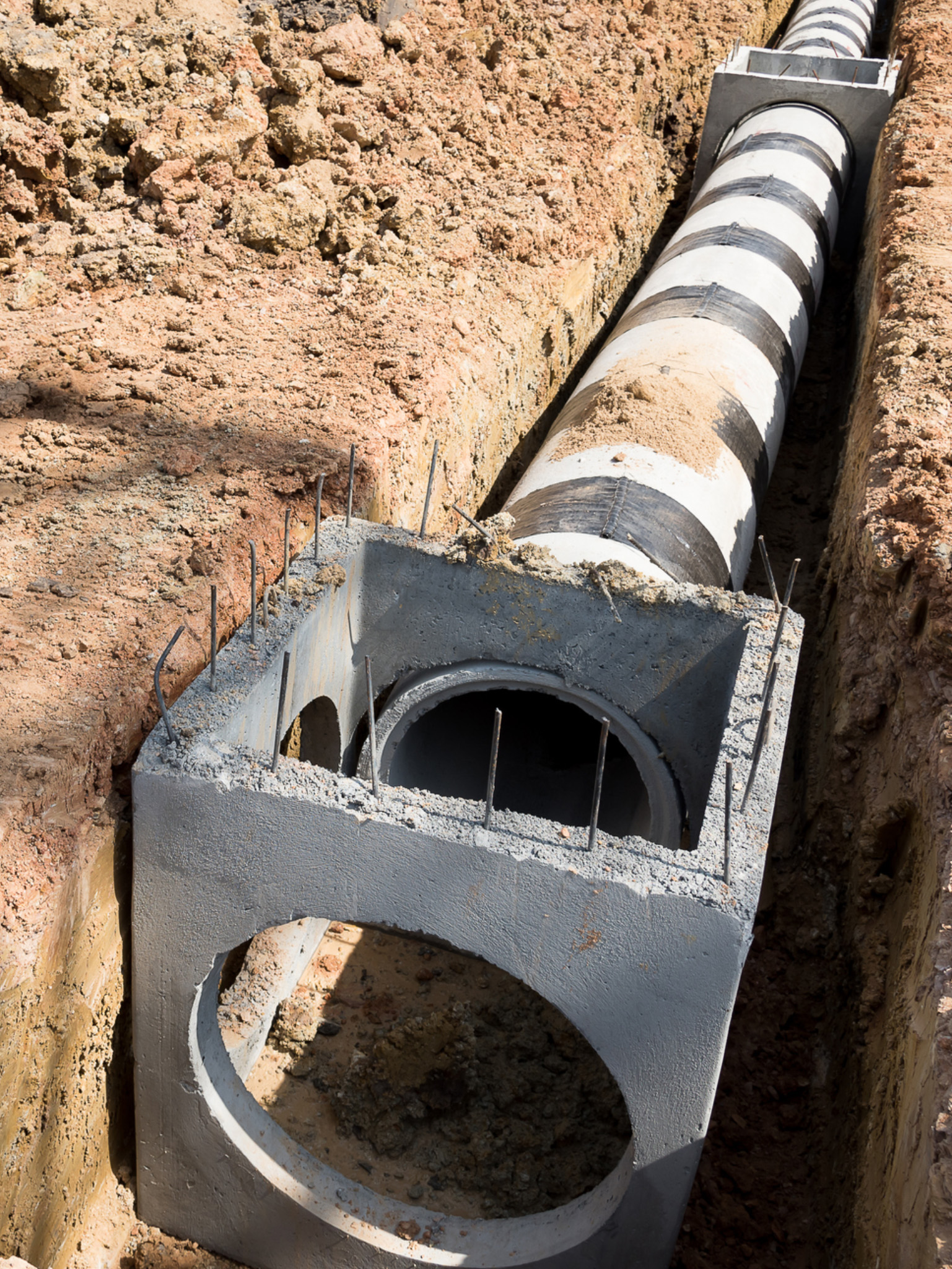Revealing the Art of Excavation: Pro Tips for Safe and Productive Digging
As dirt is transformed and planet is moved, the complexities of excavation disclose themselves, requiring a keen understanding of devices, dirt make-up, safety and security procedures, and environmental factors to consider. The competence required to navigate these elements effectively can mean the distinction in between a successful excavation task and a possible catastrophe.
Relevance of Correct Tools
To ensure the safety and security and efficiency of any type of excavation task, using the appropriate devices is extremely important. Excavation jobs differ in extent and intricacy, ranging from tiny property landscaping jobs to large building tasks.
These versatile devices come in different sizes to suit various job demands. Tiny excavators are optimal for smaller sized jobs, while larger excavators tackle a lot more considerable jobs effectively.
Aside from excavators, various other critical devices includes dump plates, bulldozers, and vehicles. Discard trucks are crucial for eliminating and transferring excavated products, while trenchers are used for excavating slim and deep trenches. Excavators master tasks that require pressing big quantities of dirt or particles. By purchasing the appropriate equipment, excavation tasks can be completed safely, on schedule, and with precision.
Understanding Dirt Structure
An extensive grasp of dirt structure is essential for performing excavation tasks with precision and security. Recognizing the various sorts of dirt is important as it straight influences excavation methods, devices selection, and overall task performance. Soil structure generally is composed of four primary components: sand, silt, clay, and raw material. Each component has special buildings that influence how dirt responds to excavation procedures.
Silt particles are smaller sized than sand yet bigger than clay, using moderate drainage and communication. Organic matter, such as decaying plant product, impacts soil fertility and security.
Prior to beginning excavation, carrying out soil examinations to determine its composition and characteristics is important. This information helps in selecting the appropriate tools, applying safety and security actions, and developing excavation techniques customized to the specific dirt problems - lancaster trenching. By comprehending dirt make-up, excavation professionals can enhance job results while guaranteeing safety and adherence to best practices
Precaution and Procedures
Understanding dirt composition is the cornerstone whereupon safety and security procedures and protocols for excavation jobs are constructed, making sure the health of workers and the success of the undertaking. There are a number of vital measures that need to be applied to reduce dangers and protect against accidents. when it comes to security throughout excavation.
Primarily, before any type of excavating starts, an extensive inspection of the site must be performed to identify any type of possible threats such as underground energies, unpredictable soil conditions, or neighboring my review here structures that can position a risk. It is essential to have a skilled person manage the excavation procedure to make sure that all safety and security methods are adhered to purely.
Additionally, all employees entailed in the excavation should be properly educated in secure digging methods and the appropriate operation of devices. By adhering to these safety measures and protocols, excavation tasks can be finished effectively and without occurrence.
Efficient Excavation Planning
When getting started on an excavation job, meticulous preparation is necessary to guarantee efficiency, safety and security, and effective outcomes. Reliable excavation preparation includes numerous crucial steps that are critical for the smooth implementation of the project.
Once the website evaluation is complete, the following step is to develop a clear timeline and schedule for the excavation tasks. This includes establishing the series of jobs, devices requirements, and workforce allotment. Proper organizing aids stay clear of hold-ups and guarantees that the job remains on track.

Moreover, communication amongst all employee is paramount during the planning stage. Clear instructions, normal updates, and efficient control are essential for a successful excavation project. By investing effort and time in precise planning, excavation teams can substantially improve efficiency, lessen threats, and attain effective end results.

Handling Environmental Factors To Consider
With boosting emphasis on environmental sustainability in building and construction methods, managing ecological considerations has become an essential element of excavation projects. Excavation tasks have the possible to affect the surrounding atmosphere through dirt erosion, sediment drainage, habitat disturbance, and contamination of water resources. To alleviate these dangers, it is necessary to apply finest methods that focus on ecological defense.

Furthermore, appropriate waste monitoring is essential to avoid dirt and water contamination. Applying procedures for the disposal of unsafe products, recycling of waste materials, and lessening using damaging chemicals can considerably decrease the environmental impact of excavation tasks. By incorporating these techniques right into excavation planning and execution, building and construction firms can make certain that their jobs are not just risk-free and Recommended Site productive but additionally ecologically accountable.
Conclusion
To conclude, understanding the art of excavation calls for a complete understanding of appropriate devices, soil make-up, security steps, and effective preparation. By complying with these guidelines and taking into consideration ecological elements, excavations can be conducted securely and efficiently. It is crucial to focus on security and productivity in every excavating project to make certain effective outcomes.
As dirt is turned and planet is moved, the details of excavation expose themselves, requiring a keen understanding of equipment, dirt composition, safety and security procedures, and ecological considerations.To ensure the security and efficiency of any kind of excavation job, making use of anchor the suitable tools is vital.An extensive understanding of soil structure is fundamental for implementing excavation projects with accuracy and safety. Comprehending the different kinds of soil is vital as it directly affects excavation methods, tools selection, and total project performance. By understanding dirt structure, excavation specialists can improve project end results while guaranteeing security and adherence to ideal practices.